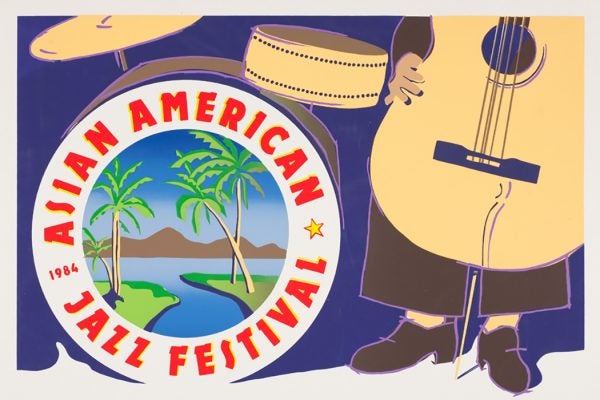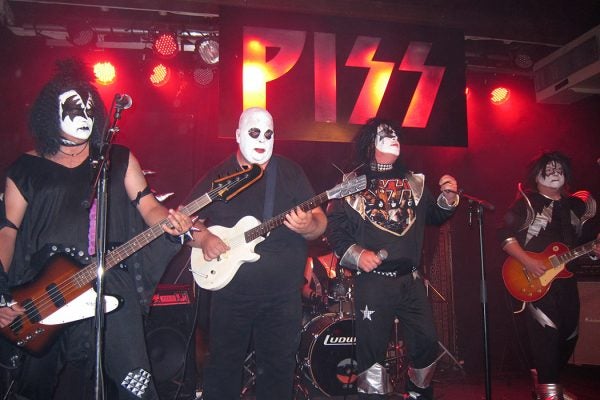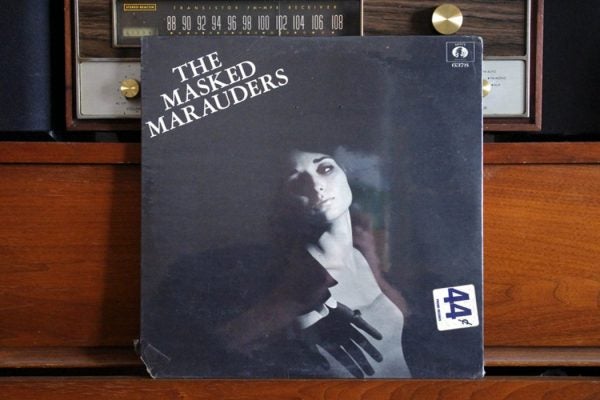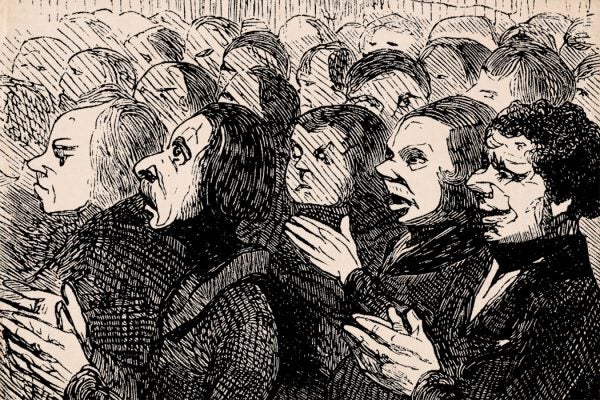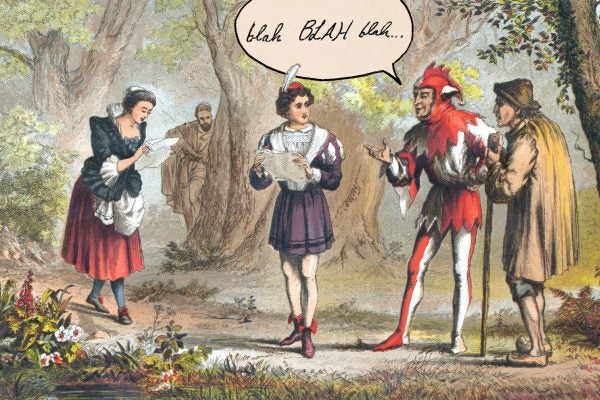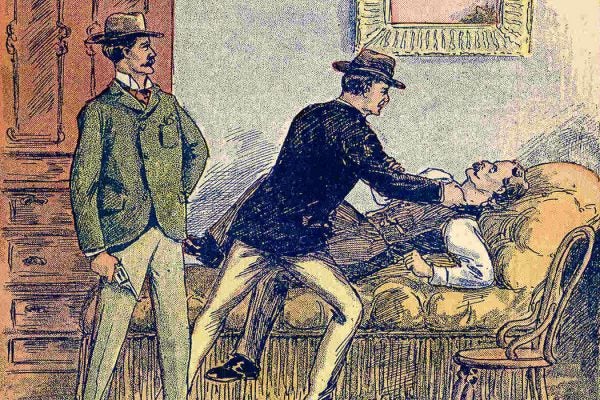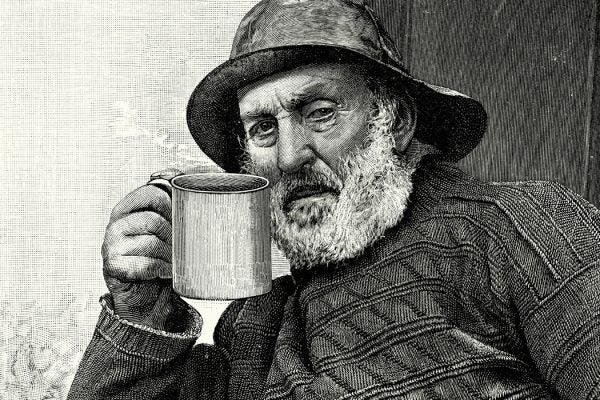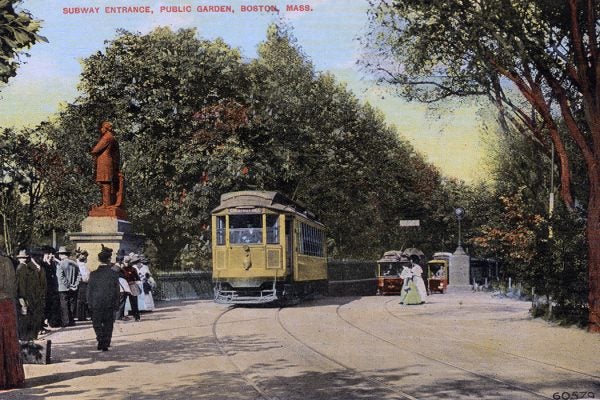Out of Black Liberation, Asian American Jazz
Inspired by Black artistic and political movements, musicians from diverse communities began expressing pan-Asian cultural belonging and freedom.
How Tribute Bands Celebrate Music History
They're not just cheese! For some people, seeing a band play note-for-note covers of classic songs goes beyond nostalgia.
How a Fake Supergroup Mocked the Real Thing
The Masked Marauders were the cockamamie creation of a bored rock critic. They still sold 100,000 albums.
When Paid Applauders Ruled the Paris Opera House
Professional applauders, collectively known as the “claque,” helped mold the tastes of an uncertain audience.
The Life of Matilda Sissieretta Jones
Nearly forgotten today, Jones thrilled audiences with classical music performances at the end of the nineteenth century.
Celebrating Black Artists
Profiles of Betye Saar, Krista Franklin, Miles Davis, Basquiat, Kanye West, Faith Ringgold and more.
The Murder Ballad Was the Original True Crime Podcast
The 1896 version of crime sensationalism also taught the victim-blaming lesson “Stay Sexy, Don’t Get Murdered.”
What’s the Difference between a Shanty and a Sea Song?
“Soon May the Wellerman Come” is the heart of ShantyTok—but it’s not a sea shanty at all. Two authoritative essays roil the waters.
The Folk Song That Fought against Fare Hikes
"M.T.A." is a humorous ditty about a never-ending subway ride. But it began in Boston's progressive political circles.
